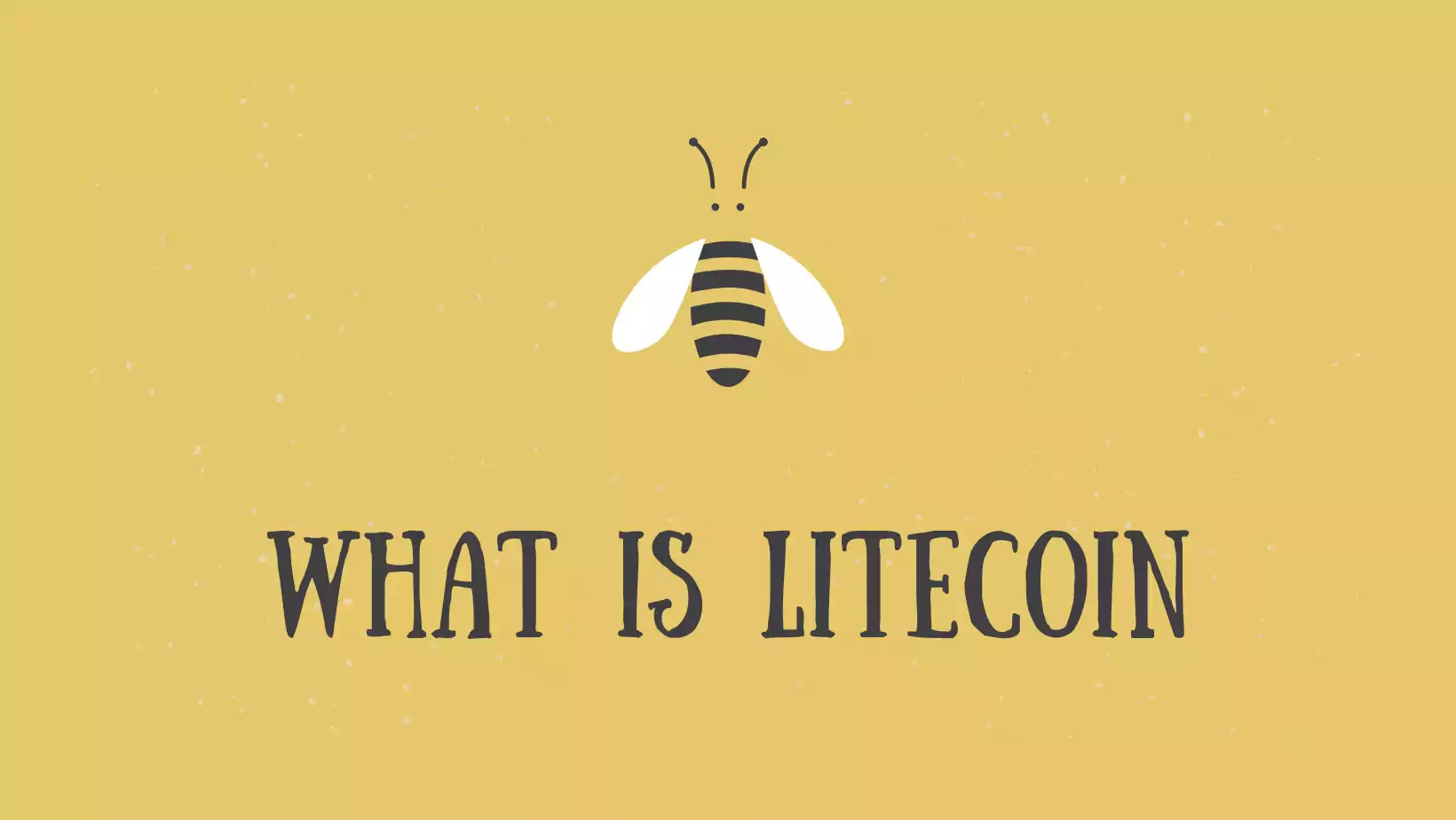Bitcoin, the underlying blockchain technology that underpins all cryptocurrencies was launched in 2008. It is the first fully decentralised digital currency and is currently accepted as payment by thousands of merchants.
As the transaction system developed, it was also co-opted to create a number of other digital currencies, such as Litecoin, Darkcoin and Feathercoin.

Litecoin was launched in October 2011 and introduced a faster and more efficient consensus method to the original Bitcoin network.
The market cap of litecoin is currently $7.1 billion, with $1.8 billion in daily transactions.
How is it different from bitcoin?
The main difference between litecoin and bitcoin is in mining speed and security.
Bitcoin is currently clogged by high transaction fees and slow transaction times and is expected to reach $1000 in fees within a few months. However, it offers much faster transaction speeds.
Currently, a 1BTC transaction takes an average of seven minutes to confirm, while the average transaction of a Litecoin is confirmed in one second.
This is made possible by a fixed block target of 2.5 minutes per block. This is much quicker than the typical 3-6 hours it takes for a block to be verified on the bitcoin network.
The remaining difference between the two networks is how the cryptographic proof of work (mining) is carried out. The fundamental difference is in the way Litecoin’s blocks are mined.
Bitcoin’s proof of work is verified using supercomputers and it is nearly impossible to turn a profit through mining. However, there are other cryptocurrencies that have introduced the concept of reward-based mining.
Litecoin has an integrated mining incentive system that rewards “miners” for participating in the block mining process.
This is called the block reward, which was doubled last November. The system means that mining rewards can be used to purchase things, such as hardware.
Why does it matter?
Due to this design, litecoin’s mining efficiency will remain high. The speed of transaction confirms means it is much faster to transfer money than bitcoin and, as such, is perceived as a payment network and the protocol is expected to gain traction.
Further, a decrease in mining costs will increase the price.
The price of Litecoin, however, is still around $32 (including both the buy and sell price) while the price of bitcoin is over $1,500, indicating that there may be some lingering distrust of the technology.
What it means for the economy ?
Due to the fact that litecoin is the second-most traded cryptocurrency, the economies of many nations depend on the digital currency.
China recently suspended bitcoin exchanges from domestic banks. Such a development could cause bitcoin prices to drop significantly.
If these exchanges are allowed to operate again, it would be a sign of increased international acceptance of the digital currency.
What it means for investors ?
Investors can look to bitcoin as a means to gain exposure to the underlying blockchain technology. However, the size of bitcoin is a limiting factor.
It is currently difficult to trade bitcoin using stock exchanges due to the low market capitalisation and high trading fees.
As the price of bitcoin rises, it makes sense to gain exposure to the blockchain technology.
The primary reason to choose litecoin, however, is because of its speed and efficiency and it is not hindered by concerns about trust in bitcoin.
Stephen Tomkins is an economist with Invesco, a global investment management firm based in Sydney.
The views expressed in this article are the author’s own and do not necessarily reflect Al Jazeera’s editorial policy.

Good
nice
Awesome